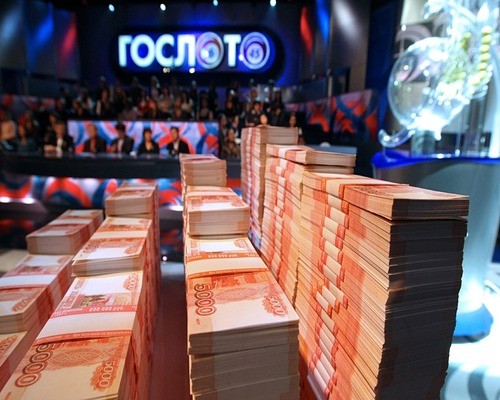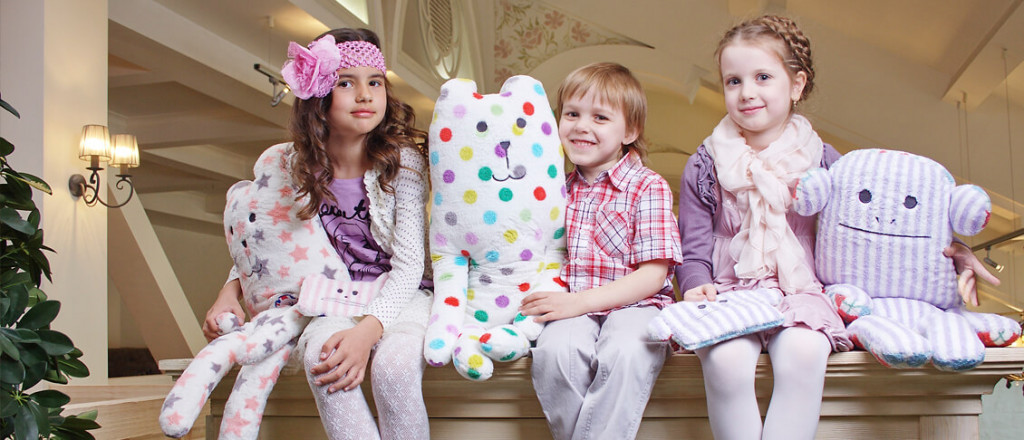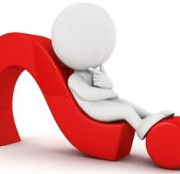13 онлайн-магазинов, в которых всегда распродажа
Содержание:
Creating a Brand
When a company decides to settle on a brand to be its public image, it must first determine its brand identity, or how it wants to be viewed. For example, a company logo often incorporates the message, slogan or product that the company offers. The goal is to make the brand memorable and appealing to the consumer. The company usually consults a design firm or design team to come up with ideas for the visual aspects of a brand, such as the logo or symbol. A successful brand accurately portrays the message or feeling the company is trying to get across and results in brand awareness, or the recognition of the brand’s existence and what it offers. On the other hand, an ineffective brand often results from miscommunication.
Once a brand has created positive sentiment among its target audience, the firm is said to have built brand equity. Some examples of firms with brand equity—possessing very recognizable brands of products—are Microsoft, Coca-Cola, Ferrari, Apple, and Facebook.
If done right, a brand results in an increase in sales for not just the specific product being sold, but also for other products sold by the same company. A good brand engenders trust in the consumer, and, after having a good experience with one product, the consumer is more likely to try another product related to the same brand. This phenomenon is often referred to as brand loyalty.
1:13
Dutch[edit]
Etymology 1edit
From Middle Dutch , from Old Dutch *brand, from Proto-Germanic *brandaz.
Nounedit
brand m (plural , n)
- destructive, catastrophic fire (such as a house fire)
-
Die vreselijke brand was veroorzaakt doordat een kleuter met kaarsen speelde.
- That terrible fire originated because a toddler was playing with candles.
-
Die vreselijke brand was veroorzaakt doordat een kleuter met kaarsen speelde.
- heibrand
- heidebrand
- hooibrand
- oliebrand
Descendantsedit
Afrikaans: brand.mw-parser-output .desc-arr{cursor:help}.mw-parser-output .desc-arr{font-size:.7em;vertical-align:super}
See alsoedit
See the etymology of the main entry.
- first-person singular present indicative of
- imperative of
What Is a Brand?
A brand is an identifying symbol, mark, logo, name, word, and/or sentence that companies use to distinguish their product from others. A combination of one or more of those elements can be utilized to create a brand identity. Legal protection given to a brand name is called a trademark.
Key Takeaways
- A brand is an identifying symbol, mark, logo, name, word, and/or sentence that companies use to distinguish their product from others.
- Companies become very closely associated with their brand, if not synonymous with, their brand. The more the brand is worth, the higher brand equity it is said to have.
What Is A Brand?
A brand is the combination of properties within and outside a product which gives an identity to the generic product. It cannot be separated from the product.
Imagine if Tide starts producing soft drinks. Will you buy it?
Customers buy a brand. The tangible product is not the only reason customers buy anymore. It’s now an important part of the brand.
Will you buy Coca-Cola, without any label, in a Sprite’s bottle?
The market is full of similar products. To make a product stand out, one needs to assign to it some identification properties. Such identification properties include certain associations like name, logo, colour, and many other attributes. These branding attributes give the product a certain personality, certain voice, etc, position the product at some distinctive place in the consumers’ mind, and give them an experience whenever they have contact with the brand.
Brand Elements
A brand, just like living beings, has certain traits. These are –
Brand Associations
The intangible features like the logo, colour scheme, ambassadors, owners, etc. which are associated with the product. They help in the positioning of the product.
Brand Attributes
The characteristics of a brand. The core values of the brand. To be a strong brand the brand should have some characteristics (attributes) like relevancy, consistency, appeal, sustainable, credibility, etc.
Brand Identity
How an organization feels of its brand. It’s basically an image of the brand from the company’s point of view. That is, how it wants the customer to perceive its brand.
Brand Personality
Just like humans, brands have a way they speak and behave. Brand personality is basically the human personality traits of the brand. E.g. honest, caring, luxurious, etc.
Brand Voice
The way a brand speaks to its customers. It is that unique and constant feature included in every brand decision which makes your customer recognize it and differentiate it from others. (E.g. Sprite, in India, has a unique brand voice of being straightforward in everything) Brand voice gives rise to the personality.
Brand Positioning
Where does the brand stand among the competition? Positioning is the distinctive/unique position of the brand in the market/consumers’ mind.
Brand Experience
How customers/consumers experience the brands when they search for, shop for, or consume the brand. It includes the sensations, feelings, responses evoked by a brand whenever the consumer interacts with it.
Brand Recall
Brand Recall is the ability of consumers to recognize the brand when the product category is mentioned. (E.g. coca cola is recalled when soft drinks are mentioned)
Brand Recognition
Brand Recognition is the ability of consumers to recognize the brand when asked questions about that brand or when shown products of that brand. (E.g. a product is shown to you and you’re asked if you’ve seen this before or not or do you remember its name or not)
Brand Value
As the phrase states – Brand value is the value of the ‘Brand’ over and above the tangible product. That is, how much extra will a customer pay (in monetary terms) if he gets the product of a specified brand.
Brand Equity
The impact of a brand on the purchasing decision of a customer. Brand equity is a set of brand assets and liabilities linked to a brand, which adds to or subtracts from the value provided by a product or service. It is how the business is affected because of perceptions, attitudes, and preference of the customers towards the brand. Brand equity is difficult to estimate.
Бренды недорогих итальянских аксессуаров
Borbonese–один из старейших брендов Италии (основан в 1910 году!) который посвящает себя сумкам и аксессуарам. Они производят высококачественные кожаные кошельки, удобные и прочные сумки через плечо (в розовом или классическом коричневом цвете), а также модные рюкзаки .
Invicta также является старым итальянским брендом, который специализируется на сумках и аксессуарах. Родившаяся в 1906 году, компания семьи Ди Стасио теперь владеет несколькими популярными брендами, включая, например, Seven, Yub и Hoy. Моим первым выбором были их элегантные, но доступные часы ( женский кварцевый серебряный , женский кварцевый розовый золотой , женский случайный двухцветный ). У них также есть отличные мужские часы, которые можно купить на подарок : мужское золото с ионным покрытием , левосторонняя коричневая кожа, серебро Self Wind .
Мандарина Дак . Бренд из Болоньи, который посвящает себя дорожным сумкам и другим аксессуарам с 1977 года. Несмотря на то, что их производственные мощности больше не расположены в Италии, они являются популярным брендом во всех крупных европейских странах. Бренд Mandarina использует более дешевые и более практически материалы и отличается яркими цветами и водостойким дизайном. Несколько примеров: наплечная сумка, Сумка-рюкзак и наплечная сумка-светло-розового цвета.
Список недорогих итальянских брендов одежды поможет вам определиться с выбором.














